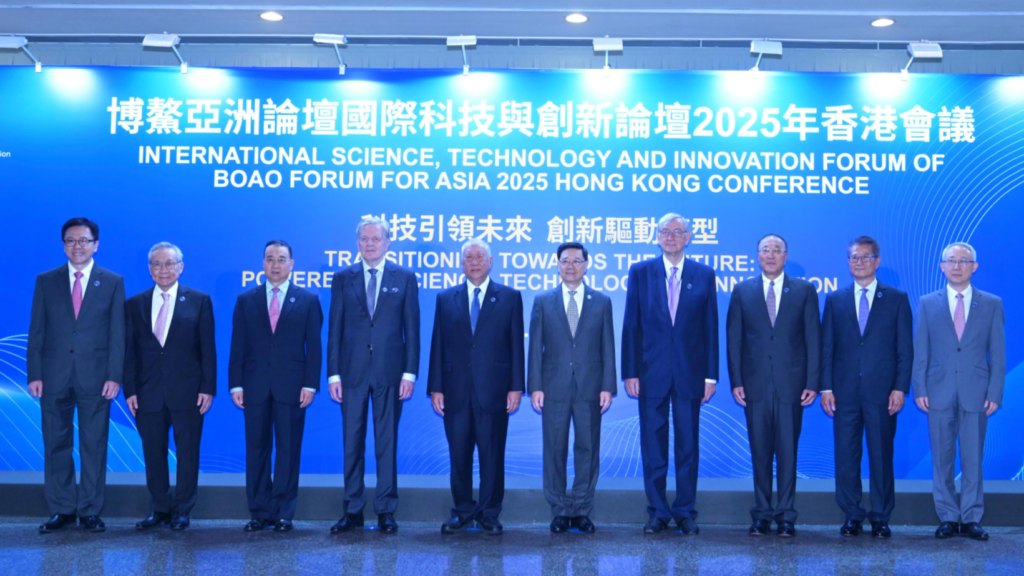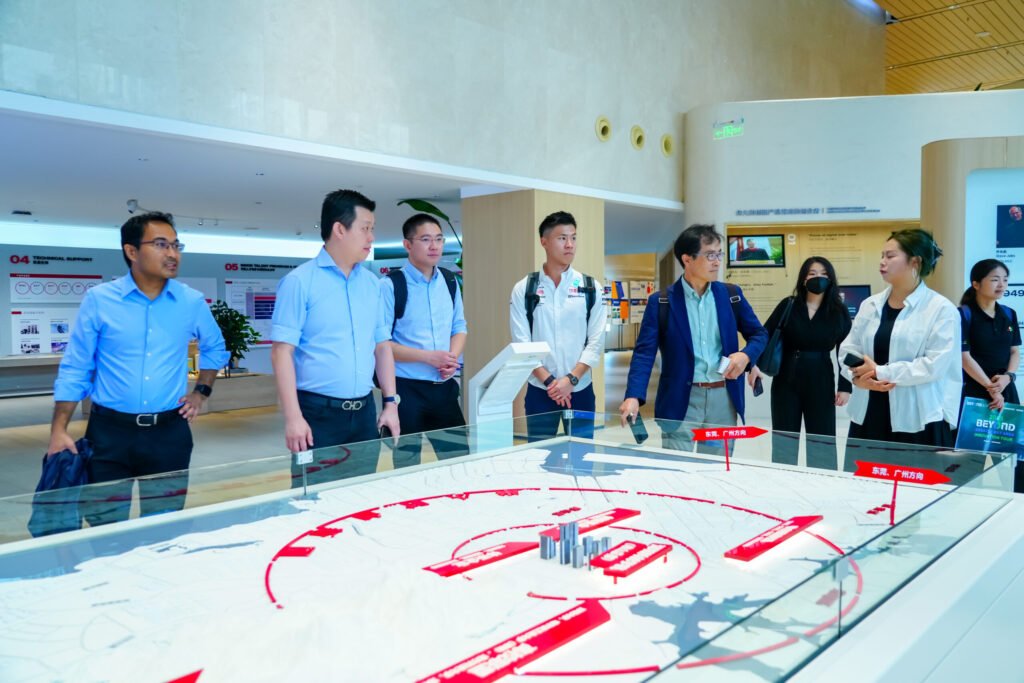These elements—dysprosium, gadolinium, lutetium, samarium, scandium, terbium, and yttrium—are indispensable in everything from smartphones to fighter jets. Without them, electric vehicles stall, wind turbines slow, and defence systems face bottlenecks. Europe and the US are already feeling the crunch. Now, India’s auto sector is sounding the alarm.
China Rare Earth Magnet: India’s auto sector sends distress signal
As reported by Bloomberg, on 30 May, Bajaj Auto’s Executive Director Rakesh Sharma flagged a potential crisis, saying, “I must point out a dark cloud on the horizon in terms of the continued supply of rare earth magnets from China, which are essential components of high-performance EV motors.”
Sharma explained that while a framework now exists for verifying non-military use, “We have yet to see the completion of the process. Any delay or disruption will start to seriously impact production by July.”
The warning isn’t isolated. Industry associations like SIAM and ACMA have also urged government action, as reported by Reuters. They’ve requested intervention to push pending Chinese clearances, with reports confirming that a joint delegation is trying to fast-track approvals.

Live Events
As of now, China has not responded to an email from Indian officials, leaving Indian manufacturers uncertain.Also Read: Not just India’s worry, China’s rare earth chokehold tests the mettle of global industry
What are rare Earths, really?
Despite the name, rare earths aren’t rare. They’re just hard to extract and process. There are 17 in total, including 15 lanthanides and two others—scandium and yttrium. Together, they power much of modern life: electric motors, smartphones, LED screens, wind turbines, and critical military hardware like radar, submarines, and missiles.
Permanent magnets, which use rare earths like neodymium and dysprosium, accounted for 44% of demand in 2022. These magnets are powerful and compact, ideal for electric vehicles. Cheaper substitutes exist but come with trade-offs—more weight, less torque, and faster degradation.
China’s grip on the global market
China doesn’t just dominate mining—it refines almost 90% of the world’s rare earths. According to the International Energy Agency, 61% of mined production and the vast majority of processed material comes from China. Countries like the US and Myanmar mine some too, but most of it still ends up in Chinese refineries.
This monopoly gives Beijing outsized leverage in global trade—and they’re not shy about using it.
In April, China’s Ministry of Commerce announced that exporters must now get a licence to sell seven types of rare earths and related magnets. This licensing regime includes providing end-use certificates and declarations. Though the policy applies to all countries, it was introduced alongside other retaliatory measures targeting the United States.
Also Read: Global alarms rise as China’s critical mineral export curbs takes hold
China’s rare earth export: A trade war in disguise
The curbs are widely seen as a response to US tariffs imposed under US President Donald Trump. While the two sides struck a temporary truce in Geneva last month, both accuse each other of not holding up their end.
US Trade Representative Jamieson Greer told CNBC, “We haven’t seen the flow of some of those critical minerals as they were supposed to be doing.”
China, for its part, insists it is acting to curb illegal mining and ensure environmental sustainability. It also rolled out new export curbs on other critical minerals like gallium, germanium, and tungsten earlier this year.
Beijing’s system requires a 45-day review for each shipment. Some countries have seen approvals, albeit slowly. Michael Hart, president of the American Chamber of Commerce in China, said, “We are seeing some approvals come through — certainly slower than industry would like.”
Also Read: Trump’s new move could hammer India’s factories, and wreck exports and jobs
Indian Companies Caught in the Crossfire
TVS Motor’s Sudarshan Venu echoed Bajaj’s concerns in a recent interview, warning of possible production halts in India’s two-wheeler EV market.
Sona BLW Precision Forgings added that the entire auto industry remains vulnerable to China’s stranglehold on rare earths.
In 2024 alone, India imported 460 tonnes of rare earth magnets—mostly from China. That figure is expected to rise to 700 tonnes in FY2025, valued at nearly $30 million. Companies are exploring workarounds like importing finished motors, but that risks violating the terms of India’s PLI (Production-Linked Incentive) scheme.
Also Read: A China move risked leaving Indian car production dead in its tracks
Looking Inward: Can India Build Its Own Supply?
India holds roughly 6% of global rare earth reserves, but its contribution to global production is just 0.25%, according to LOHUM Cleantech CEO Rajat Verma, as reported by Outlook Business.
“We have resources, but we aren’t doing much,” Verma said during the Singularity Conference in Mumbai. “India Rare Earths Ltd. hasn’t scaled up in 70 years. In India, REEs often come with uranium, which has policy restrictions. But a change in PPP policy for processing is likely.”
The urgency is clear. If India doesn’t act now, it could remain vulnerable in a world where access to rare earths is a new kind of power.
The issue isn’t just bilateral. European and American manufacturers are also scrambling for alternatives. The Australian firm Lynas recently began producing dysprosium oxide in Malaysia, making it the only producer of separated heavy rare earths outside China.
Meanwhile, President Trump has floated new geopolitical ambitions—such as mining Greenland—and even signed a rare earth deal with Ukraine, part of broader moves to secure non-Chinese supply chains.
As the US and its allies rethink their dependence, the world is watching. The rare earths crunch is no longer just an industry problem. It’s a global wake-up call.








